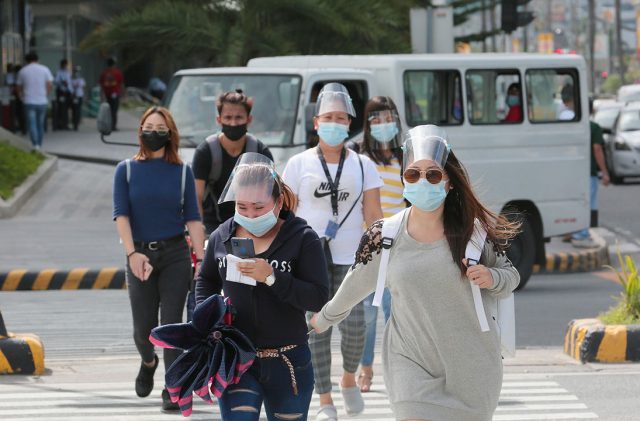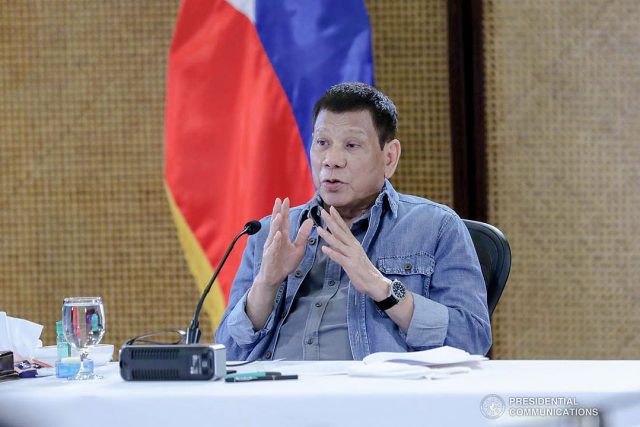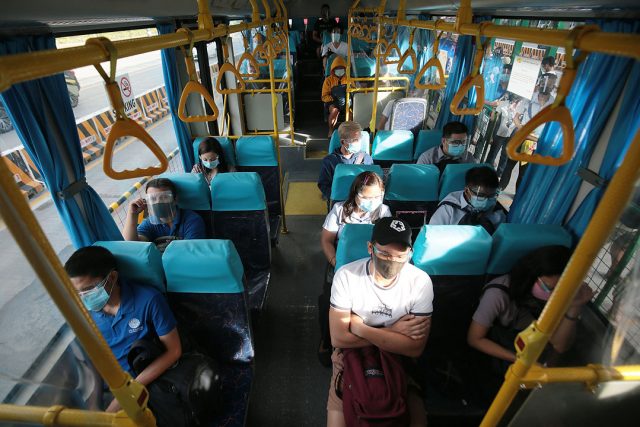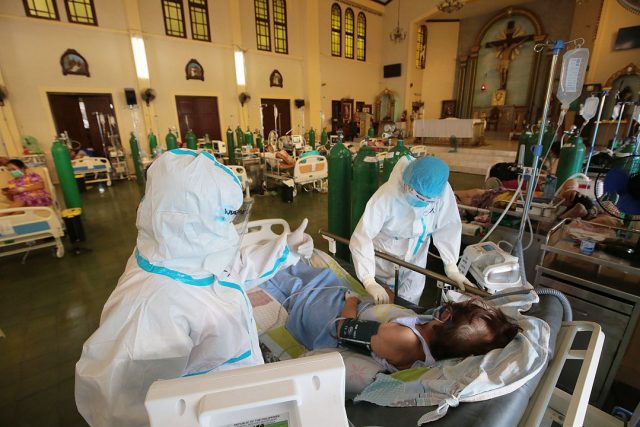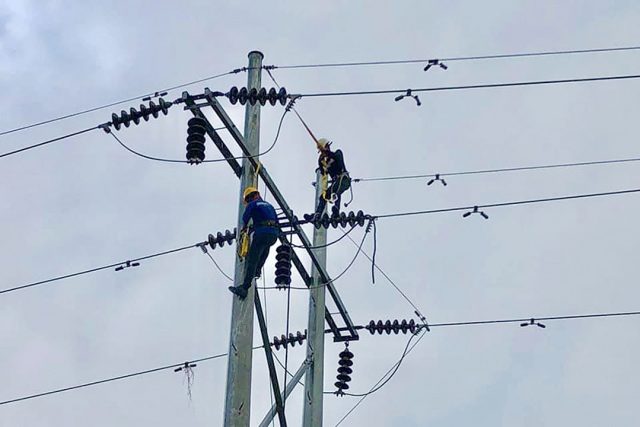By Kyle Aristophere T. Atienza, Reporter
PHILIPPINE police had lied about conditions surrounding the deaths of suspects in raids involving President Rodrigo R. Duterte’s war on drugs, the Justice department said on Wednesday.
Drug suspects in 52 cases neither fought back nor resisted arrest, contrary to police claims, with many of the cases lacking witnesses, the agency said in a 21-page report, citing forensic evidence.
A matrix of the cases cited the case of 17-year-old Nave Perry G. Alcantara, who police claimed was shot and killed three times after he fought back.
The Philippine National Police Internal Affairs Service (IAS) had doubted the cops’ claim of self-defense since the kid was standing only a meter from the policeman who shot him, the Department of Justice (DoJ) said.
“Considering the relative positions of the two persons at the time of the alleged shooting, IAS expressed doubt with regard to the police operative’s claim of self-defense,” it said. Police appeared to have used excessive force during the drug raid, it added.
The suspect’s hands later tested negative for gunpowder nitrates, the DoJ said, citing paraffin tests. One of the policemen at the raid faced a 60-day suspension, while the complaint against the other got dismissed.
Among the many victims who allegedly retaliated and fired at policemen was Clark G. Nardo, whose body did not undergo paraffin or ballistics tests. He suffered multiple gunshot wounds.
“There is nothing in the records that would support the police operatives’ claim that the suspect fired at them,” the DoJ said. “No paraffin or ballistics tests, as well as cross-matching of the weapon allegedly recovered from the subject, were conducted.”
The DoJ matrix showed that in most cases, erring cops only got a slap on the wrist, having faced demotion or suspension.
The police officer who killed Crispin Vedaño, who was shot two times in the back, only faced a six-month suspension.
“Paraffin tests showed that both hands of the suspect were negative for gunpowder nitrates,” according to the DoJ. “The police operative did not present any documents to show that there was a legitimate buy-bust operation.”
Just like in other incidents, no autopsy report was submitted in the case of Mr. Vedaño, the DoJ said.
These cases were just an overview of the tens of thousands of deaths — according to the United Nations — committed in the drug war of Mr. Duterte, who in 2018 said extrajudicial murders had happened under his government.
Many of the victims were from the Calabarzon and Caraga region, with only two cases in the National Capital Region and none from Bulacan province, where so-called one-time big-time operations were conducted by police, Karapatan Secretary-General Cristina E. Palabay said in a Facebook statement.
“Cases involve incidents from 2016 to 2020, indicating continuing occurrences during the pandemic,” she added.
The matrix was released to inform the families of the dead suspects that the cops involved could face criminal liabilities. It also urged witnesses to come forward.
“The review of just 52 cases barely scratches the surface and is grossly insufficient and inconsistent with the government’s commitments under international law to provide an effective review of cases involving alleged extralegal killings,” the Free Legal Assistance Group (FLAG) said in a statement.
“It does not provide useful information to assist in making the offenders accountable, nor does it provide comfort or solace to the families of the victims of those killed in the name of the Duterte administration’s so-called war on drugs,” it added.
The Philippine Commission on Human Rights has said the state was violating human rights for abetting police abuses.
Mr. Duterte told the UN General Assembly in a taped video that anyone found to have “acted beyond bounds” in his campaign against illegal drugs would be held accountable. He also appeared to brush off an International Criminal Court (ICC) investigation.
The tough-talking leader said he had ordered a review of the conduct of the campaign, and the Justice department was looking at the files of drug dealers.
Mr. Duterte’s speech to the UN General Assembly came days after the ICC allowed an investigation into alleged “crimes against humanity” in connection with his war on drugs that has killed thousands.
He said his government was working with the UN Human Rights Council to look into the cases.
Senator Ronald M. Dela Rosa, Mr. Duterte’s former police chief who enforced the anti-illegal drug campaign, on Tuesday said he would block any investigation attempts — if he becomes president next year — by the ICC.
He said he would allow ICC investigators to visit the Philippines to “observe” but not to investigate.
An investigation by the Hague-based tribunal would be a slap in the face for Philippine courts that are still functioning, he added.
The ICC has ordered an investigation of Mr. Duterte’s crackdown on illegal drugs that has killed thousands, as it found “reasonable basis” that crimes against humanity might have been committed.




